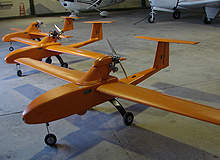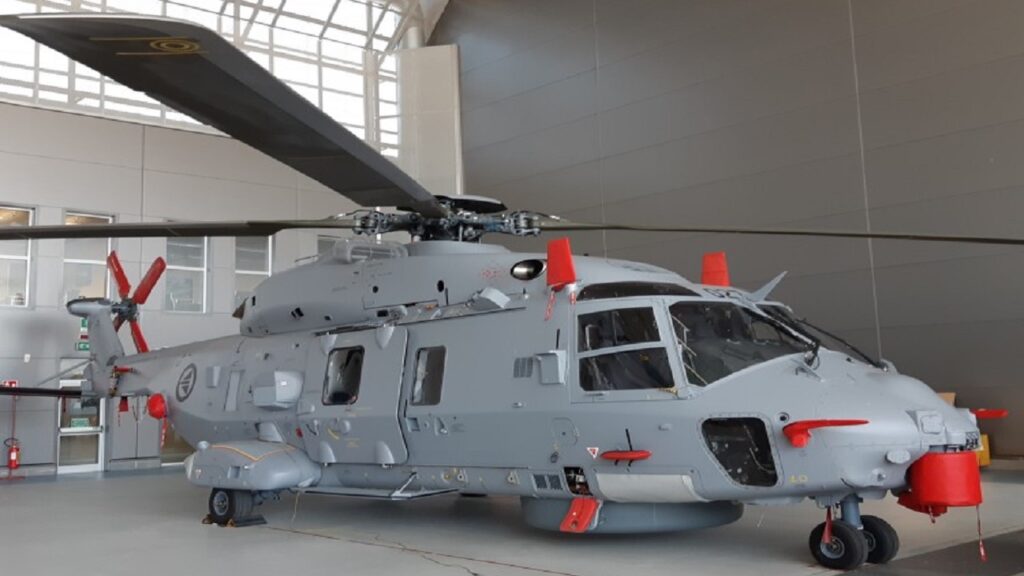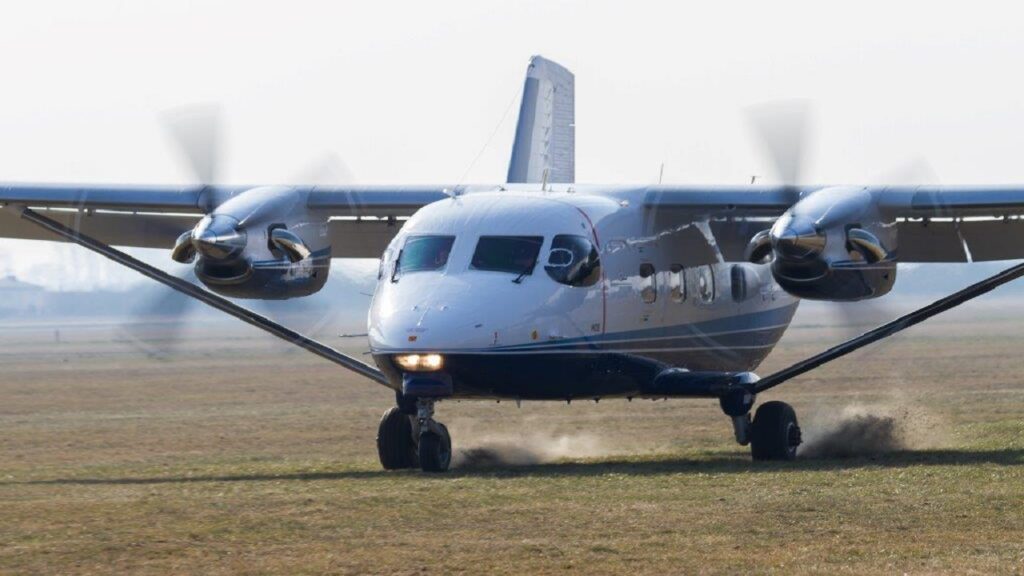
Yarara is a tactical unmanned aerial vehicle (TUAV) system designed and built by Nostromo Defensa of Argentina to execute intelligence, surveillance, target acquisition and reconnaissance missions. The UAV system incorporates three unmanned aerial vehicles, a ground control station (GCS) and support equipment in three storage boxes weighing 250kg. The TUAV is named after a South American Snake ‘Yarara’.
Yarara is the first unmanned aerial vehicle programme launched in Latin America. The vehicle captures real-time colour or infra-red imagery and videos of the battlefield and transmits to the GCS or remote viewing stations via the satellite communication datalink system.
The TUAV can also perform a wide range of missions including force security, convoy protection, battle damage assessment, law enforcement monitoring, infrastructure protection and border patrol.
It flies at a maximum altitude of 9,840ft.
Yarara UAV orders and deliveries
Nostromo Defensa received the first contract from Argentina Air Force (AAF) in March 2011 to design, build and supply three Yarara UAVs. The vehicles will be deployed at the AAF to train pilots of their new UAV school.
Design and development
Designed to suit both military and civilian markets, Yarara can take off and land on unprepared airstrips and grass runways. The TUAV is designed to perform aerial surveys both day and night even in the worst climatic conditions. The landing gear design facilitates the Yarara to execute rough landings and meliorate the operational safety in extreme cross-wind situations. Yarara can be easily transported by ground vehicles and helicopters.
Development of Yarara commenced in 2000. Design work began in 2005. The TUAV was showcased at the AAF Air Show held in August 2006. The maiden flight of the vehicle took place in August 2009.
Features
Yarara features a robust and modular airframe made up of composite materials to reduce its overall weight. A storage box accommodates different parts of the vehicle for assembly and dismantling.
The TUAV is equipped with military grading wiring, flaps, horizontal stabilisers, connectors, batteries, advance avionics, a global positioning system (GPS), multispectral cameras, inertial navigation system (INS) and a 2.4GHz or 900MHz telemetry data transmission system.
Navigation
Yarara can be controlled either manually from the GCS or through autonomous mode using pre-programmed manoeuvres. An automatic take-off and landing (ATOL) system allows the aircraft to land safely during communication failure with the control station.
Sensors
The TUAV is equipped with a Micro Pop electro-optic (EO) and infra-red sensor suite built by Tammam division of Israel Aerospace Industries (IAI).
The EO sensor transforms light energy into an electronic signal that is used for capturing real-time imagery or videos of the battlefield.
Engines
Yarara is powered by a single Sonic 35 multifuelled air-cooled wankel rotary engine which produces 5.9KW of output power. It is also fitted with a three-bladed propeller at the rear of the fuselage section, engine pylon and integral fuel tank.
The engine is designed and built by British Company Cubewano. It is the first kerosene-functioned rotary engine that utilises JP8 as fuel.
Ground Control Station (GCS)
The GCS features a robust laptop, integrated video monitor, advance graphical interface for mission planning and control. It is designed and manufactured by Nostromo Defensa.
Communications between the vehicle and control station are facilitated through an optional digital video datalink within a range of 50km.
Performance
Yarara can fly with a maximum speed of 147km/h. The cruise and stall speeds of the UAV are 115km/h and 45km/h respectively. The range is 50km. The service ceiling is 3,000m. The vehicle can loiter in the air for a maximum of six hours.




